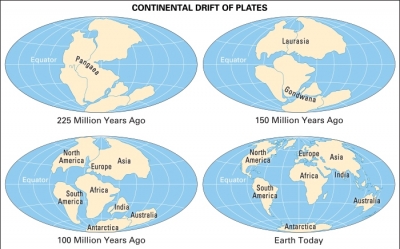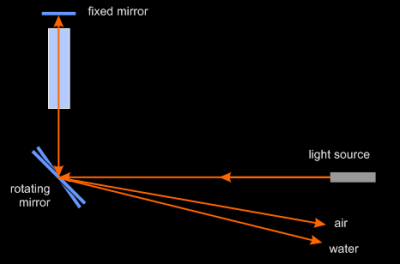How do they know the continents are drifting?

As long ago as 1620, the English philosopher Francis Bacon pointed out the close fit between the coastlines of South America and Africa. The shapes suggested that they had once been joined but had drifted apart.
In 1912 the German meteorologist Alfred Wegener put forward detailed arguments in support of the theory. But it was not proved to the satisfaction of most geologists until the 1960s.
The fit between the two continents is good, particularly the continental edge rather than the shorelines. Their shape has been altered by the eroding effects of tides. But the continental outlines where the ocean is 3000ft (900m) deep show the average ‘misfit’ when joined to be only about 50 miles (80km).
Other evidence that the continents were once linked includes common geological features, such as similar types of rock of a similar age. And many plants and creatures appear to share a common origin. For example, many freshwater fish in South America are closely related to African species, and it is difficult to accept that they could have swum the Atlantic Ocean.
The guinea pig is found in the wild in both Africa and South America, but nowhere else. Also, monkeys are indigenous only in those continents and it is unlikely they would have evolved independently in each place.
Picture Credit : Google
